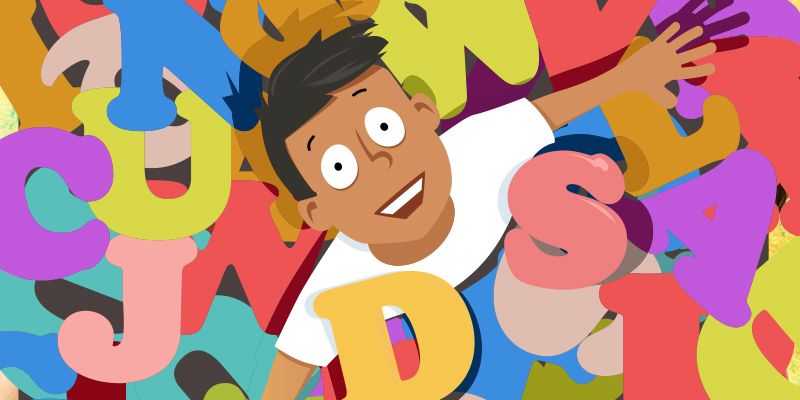
Dyslexia is a common learning disability that affects the way an individual processes written language. This can make the process of reading and comprehending a text full of challenges. In the world of words, where each syllable can be a battle, individuals with dyslexia often feel they’re lost in a maze.
However, in today’s digital age, there are multiple powerful tools are available to empower dyslexic readers and help them overcome these challenges. Assistive reading apps are one such tool that offers multiple features to make reading more accessible and enjoyable for individuals with dyslexia.
In today’s article, we are going to explore the ways assistive reading apps can transform the reading experience of a person struggling with dyslexia.
Understanding dyslexia
Well, before we rush into the role of assistive reading apps, we must take the time to understand dyslexia. This term is often misunderstood by many as a lack of intelligence or laziness, which is far from the truth. Dyslexia is not related to a lack of intelligence or laziness but rather to difficulties in processing phonological information.
Dyslexic individuals often struggle with tasks like decoding words, recognising the relationship between sounds and letters, and maintaining attention during reading. This level of effort makes the learning process full of friction, significantly slowing down the process of learning. So the dislike dyslexic individuals have is never towards reading but the struggles associated with it, and once they overcome these challenges they can unlock their true potential.
The power of assistive reading apps
Assistive reading apps can be of great help to dyslexic readers. These apps are curated to address the challenges faced by dyslexic individuals. Here’s how they empower dyslexic readers:
Text-to-speech technology
Many assistive reading apps come equipped with text-to-speech functionality, which allows it to read the text aloud. This feature can be of tremendous help for dyslexic readers as hearing the text while seeing it can significantly improve comprehension.
Adjustable text settings
Dyslexic readers often struggle with the size, font, and spacing of text. Hence, a feature that allows users to customise these settings will make it easier to find a text presentation that suits their needs, enhancing the overall reading experience.
Highlighting and annotation
These apps often include the ability to highlight text as it’s read aloud. Dyslexic readers face a lot of difficulty in concentrating and holding onto their focus for long. Highlighting and annotation not only help readers follow along but to jot down notes or questions as they read.
Dictionary and thesaurus
Assistive reading apps often have built-in dictionaries and thesauruses, which can help dyslexic readers quickly look up and understand unfamiliar words. This also helps in vocabulary development and comprehension.
Audiobook integration
Many assistive reading apps can integrate with audiobook services, allowing users to switch between text and audio versions of the same book. An alternative way to engage with the content is always a plus for dyslexic readers to hold onto their attention and overall comprehension.
Multisensory learning
Dyslexic readers often benefit from multisensory learning. Hence, a combination of visual and auditory input provided by assistive reading apps can improve word recognition and overall reading skills.
Accessibility features
Accessibility features include voice command navigation, screen reader compatibility, and adjustable contrast settings, making them user-friendly for individuals with various needs.
One such app is Speechify which includes features like text-to-speech functionality, phonics and phonemic awareness, audiobooks and note-taking, reading comprehension tools, and accessibility and customisation. Ghoti’s Real Writer & Reader is another assistive reading app that offers advanced spell-checking and word prediction features to overcome spelling challenges.
Reading Rockets is designed for younger learners and includes word lists, flashcards, and interactive games that improve reading skills. There are many other apps like these such as Sound Literacy, Barton reading & spelling, and Read & Write which are aiding dyslexic students in reading, writing, and comprehension.
Conclusion
Assistive reading apps have no doubt been a great help in empowering dyslexic readers. These apps not only make education more accessible and fun but also help promote independence and boost confidence in people struggling with dyslexia.
In a world where literacy is a fundamental right, assistive reading apps are adding great value in levelling up the field for all. If you or someone you know is struggling with dyslexia, exploring the world of assistive reading apps is worth considering.






![Read more about the article [Funding alert] Waaree Group’s energy storage arm WESS raises $2M in seed round](https://blog.digitalsevaa.com/wp-content/uploads/2021/03/funding-1615270729201-300x150.png)



